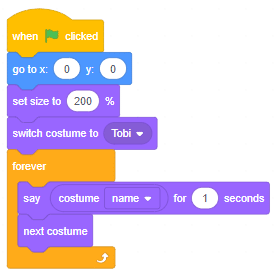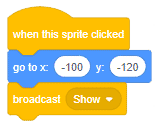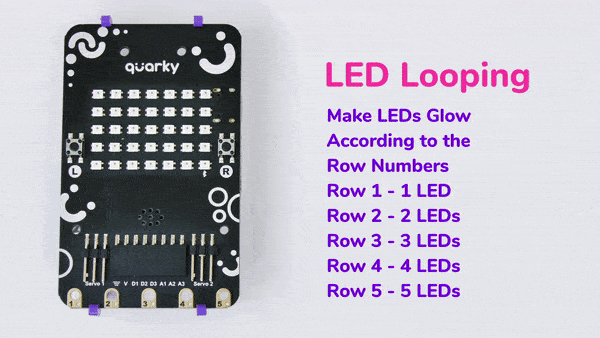The function reports the last text detected from the speech.

The example demonstrates how to make the sprite track and stamp its image on the mouse when the space key is pressed in Python.
Code
sprite = Sprite('Tobi')
pen = Pen()
pen.clear()
while True:
if (sprite.iskeypressed("space")):
sprite.setx(sprite.mousex())
sprite.sety(sprite.mousey())
pen.stamp()














































